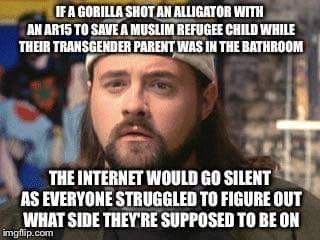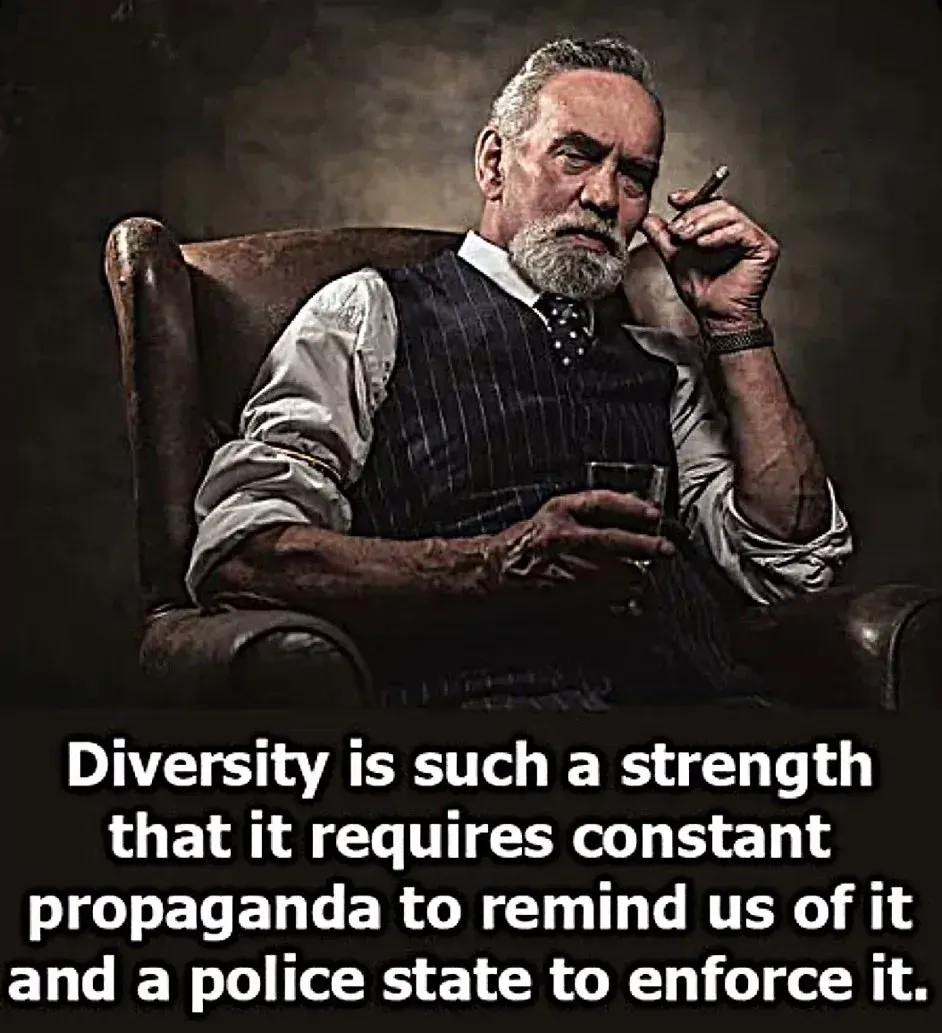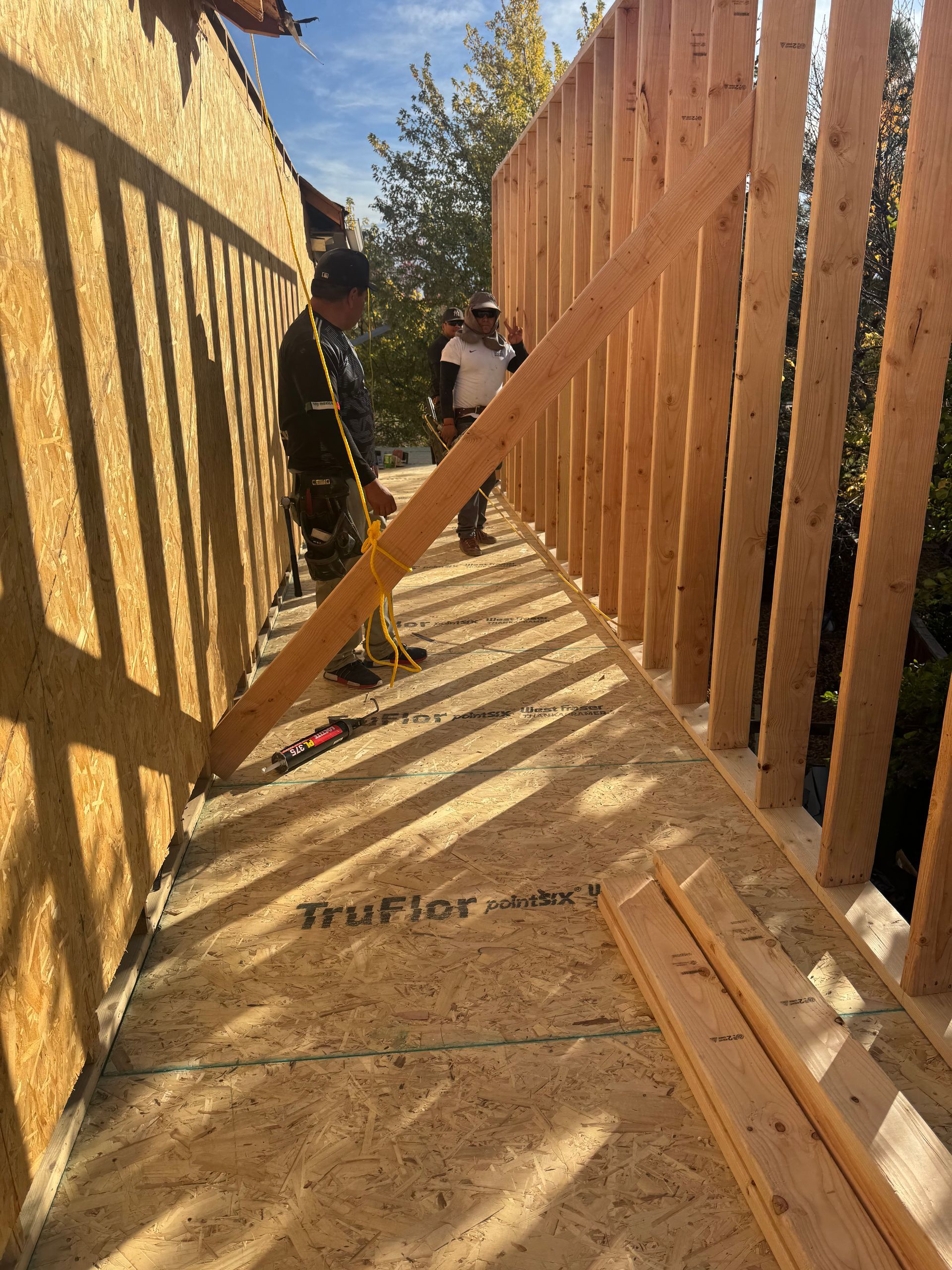When Identity Meets Firepower: The Troubling Rise of Trans-Identified Mass Shooters
Why Recent Mass Murders Demand Serious Vetting Before Weapons Access

Introduction: The Uncomfortable Numbers
We’ve been conditioned to believe that raising questions about certain groups is off-limits (unless that group is males in general, but especially straight white males). Say the wrong thing, even if it’s backed by data, and you’re branded hateful. But at what point does silencing discussion become dangerous? When nearly 60–70% of transgender-identifying individuals report anxiety, depression, or other serious mental health challenges, according to the National Center for Transgender Equality and studies in JAMA Psychiatry, pretending there’s no risk when firearms enter the mix is naïve.
Worse still, in the last several years, we’ve seen a troubling pattern emerge: a rash of mass shootings committed by individuals identifying as transgender or nonbinary. The mainstream media whispers it in passing, quickly pivots, and then buries the story. Why? Because the narrative doesn’t fit. But facts don’t vanish just because they make people uncomfortable.
This isn’t about vilifying anyone—it’s about asking hard questions. If we acknowledge that mental illness is a red flag for firearm access in other groups, why are we too scared to say the same thing when it comes to trans-identifying shooters?
The Numbers Behind the Narrative
Let’s start with the baseline. Mental health struggles are not rare among transgender individuals—they are the norm.
- A 2021 study in JAMA Psychiatry found over 60% of trans-identifying people reported depression and anxiety disorders, compared with roughly 18% of the general population.
- The Trevor Project’s 2022 survey reported that 66% of trans youth experienced depression, and more than half considered suicide in the past year.
- Substance abuse disorders and self-harm rates also outpace the general population by several multiples.
Now, layer firearms on top of that. If society is already concerned about gun ownership among those with untreated mental illness, ignoring these numbers because they involve a protected group is willful blindness. The tragedy isn’t that these statistics exist; it’s that we pretend they don’t.
A Pattern of Violence
Here’s the part most media outlets would rather you forget. Over the past few years, at least eight mass shootings in the U.S. have involved individuals identifying as transgender or nonbinary. Among the most notorious:
- Nashville, Tennessee (2023): A transgender-identifying shooter murdered six, including three children, at a Christian school.
- Colorado Springs, Colorado (2022): The Club Q nightclub shooting was carried out by a suspect who later identified as nonbinary.
- Aberdeen, Maryland (2018): A transgender-identifying female shooter killed three coworkers at a Rite Aid distribution center.
And these are just the headline cases. Lesser-publicized incidents fill out the list, often brushed aside or misreported until the details fade.
Eight doesn’t sound like a massive number—until you remember that trans-identifying people make up less than 1% of the population. Statistically, that representation among mass shooters is shockingly disproportionate.
The Vetting Question
If 60–70% of a group is clinically anxious, depressed, or struggling with other serious psychological conditions, is it unreasonable to propose extra vetting before they purchase firearms? We already do it for felons, for immigrants on visas, and in some cases, for veterans dealing with PTSD.
This isn’t targeting—it’s risk assessment. Policies should reflect reality, not ideology. If mass shootings continue to show a higher-than-expected concentration of trans-identifying perpetrators, ignoring it is negligence.
Critics will scream “discrimination.” But the bigger danger lies in pretending the problem doesn’t exist until another child is dead on the floor of a classroom.
Media Silence and Cultural Cowardice
The media’s reaction is as telling as the shootings themselves. Whenever a mass shooter turns out to be white, male, or conservative, the coverage lingers for weeks. Profiles are written. Motives are dissected. Cultural blame is assigned.
But when a shooter is transgender? Suddenly, it’s a “local tragedy,” stripped of identity labels. The conversation gets shifted to guns in general, as though the individual’s profile is irrelevant. This double standard isn’t just hypocrisy—it’s dangerous. If we can’t even have a public conversation about correlations, how do we ever address the underlying causes?
The silence isn’t about protecting trans people; it’s about protecting an ideology. That silence leaves the rest of society—including potential victims—exposed.
Why This Matters
Gun violence is complicated. Mental illness is complicated. Gender identity is complicated. But public safety requires honesty, not platitudes. If upwards of two-thirds of a group struggles with significant mental health challenges, and that same group is now overrepresented in mass shootings, then at minimum, the conversation should be happening out in the open.
This isn’t about stigmatizing every trans-identifying person. It’s about reality: if society doesn’t connect dots, then the next Nashville, Aberdeen, or Colorado Springs is just around the corner. And when that day comes, the people who shouted down any discussion will be the same ones asking, “How could this happen again?”
Conclusion: Face Facts, Not Fantasies
No one is saying trans-identifying individuals should be stripped of rights. But rights come with responsibilities, and society already accepts that mental health screening is essential for public safety in other contexts. Pretending the rules should be different for one group because of fear of offense is reckless.
Facts aren’t hate. Numbers don’t discriminate. If the data shows higher risks, then ignoring it is the real bigotry—against the victims who could have been protected.
References
- JAMA Psychiatry (2021). Mental Health of Transgender and Gender Nonconforming Adults.
- The Trevor Project (2022). National Survey on LGBTQ Youth Mental Health.
- National Center for Transgender Equality (2015). U.S. Transgender Survey.
- Coverage of Nashville school shooting (2023), Colorado Springs Club Q shooting (2022), Aberdeen Rite Aid shooting (2018).
Disclaimer:
The views expressed in this post are opinions of the author for educational and commentary purposes only. They are not statements of fact about any individual or organization, and should not be construed as legal, medical, or financial advice. References to public figures and institutions are based on publicly available sources cited in the article. Any resemblance beyond these references is coincidental.











